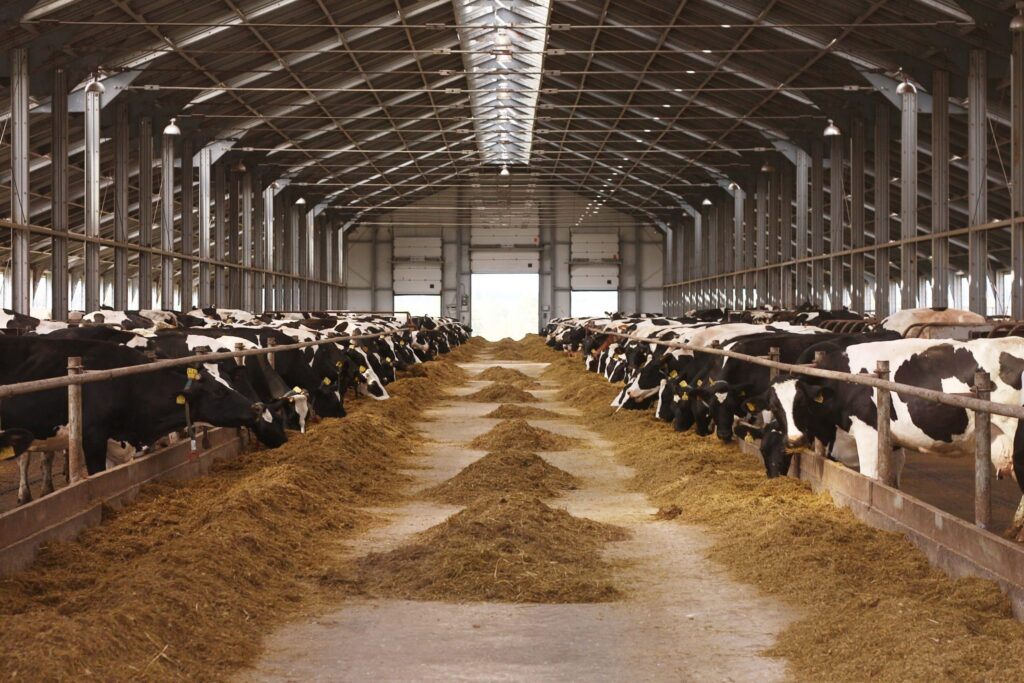Is my farm underinsured? How to find out

Question:
Each year when I review my insurances, I’m asked to confirm whether the rebuild values for all my buildings remain accurate. I don’t always know for sure, but I have a rough idea and tend to stick with what has always been on the schedule plus a bit for inflation. I know costs have gone up a lot and the supply of some materials is an issue – how do you advise I now assess rebuild values for both old and new farm buildings?
Answer:
You’re asking a good question: if you don’t assess farm rebuild costs properly, then you could end up underinsuring the property. This means that the declared sum insured is not enough to cover the actual replacement cost. Underinsuring will mean that in the event of a claim your insurer won’t pay the full amount or may not pay out at all.
This is really common with farms and estates, with 85 per cent underinsured, according to valuations by building insurance valuers Barrett Corp Harrington (BCH). Their data also shows that rebuild values are significantly underinsured (average of 66 per cent).
Part of the problem may be confusion between ‘rebuild cost’ and market value. The rebuild cost (Sum Insured) covers the expense of rebuilding a property (including materials and labour) but also takes account of site clearance cost following a loss and professional fees.
As you point out, the more current problem is restricted supply chains, rising building material costs and the shortage of labour which have all contributed to substantially higher rebuild costs.
The risk is that, if you need to make a claim on a farm building that is underinsured, it may not be paid out. Or you might only receive a percentage of the claim (known as averaging). Using BCH figures as an example, if you insure your farm building for £100,000 but its actual re-build cost is £166,000 and you suffer a loss of £30,000, your insurance is likely only to pay £18,072.
What to do: a professional valuation
So, what can be done to avoid being underinsured? For a start, as well as keeping a close eye on the farm property sales market, it can help to check index linking rates provided by your insurer. These reflect changes in national building costs, although they won’t be specific to your farm.
The belt-and-braces approach is to have a whole farm valuation done, to ensure that all buildings are insured accurately. This has the added advantage that some insurers will also guarantee a professional valuation for a number of years meaning that even if a claim is more than the declared sum insured, you’ll still be covered for the whole loss.
A whole farm valuation can be expensive, but you don’t need to have one every year – we’d recommend having it done around every three to five years. But in the intervening years, we’d still recommend you check the sums insured.
As an alternative, you could opt for a sample valuation of a few properties on your farmland. You can use this to identify any major changes and consider whether the sums insured on your other buildings need adjusting also.
Whatever you decide to do, there are a couple of important bits of advice to help avoid underinsurance:
Notify your insurer of changes on your farmland as they happen, such as building works, extensions, additions, or overhauls. Otherwise, it’s easy to forget everything that has happened in a year.
You can’t always predict exactly where building costs will be in a year but adding Day One Uplift to the sum insured is a relatively inexpensive way of protecting your agricultural business from building cost rises throughout the term.
As ever, it’s well worth speaking to your broker, who can help you avoid underinsurance and the costs it can entail.







